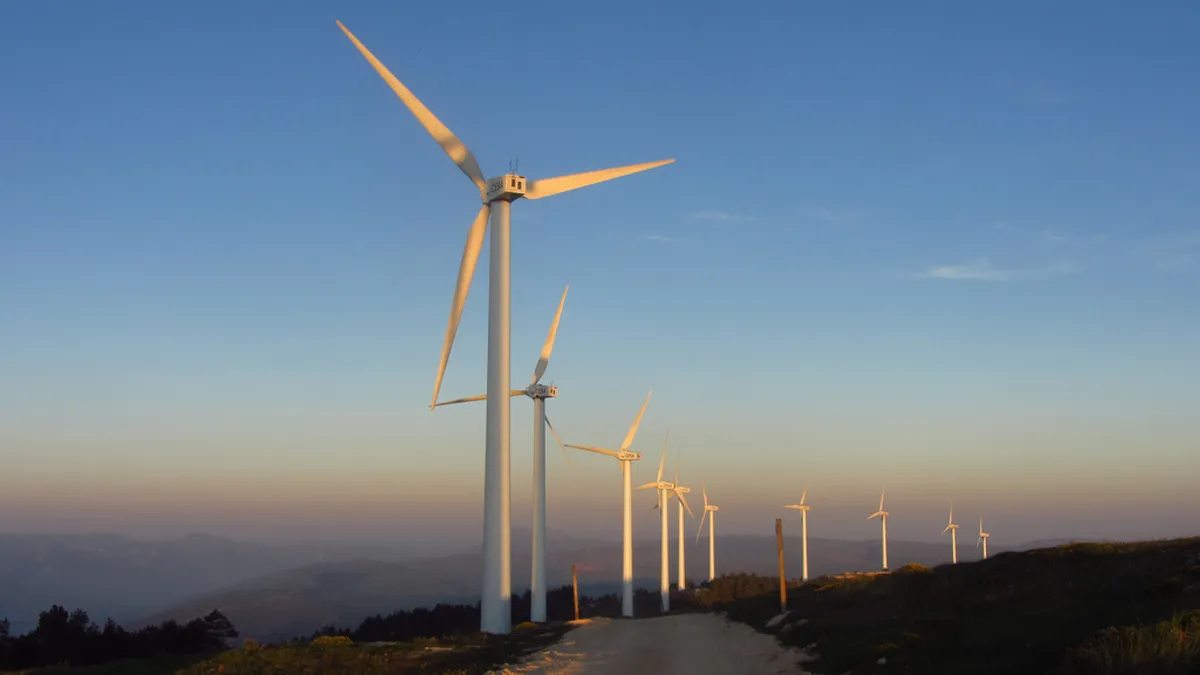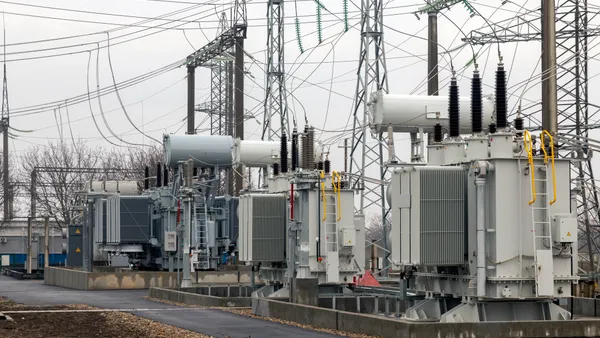Dive Brief:
- U.S. wind energy generation rose to 191 TWh in 2015, accounting for 4.7% of the country’s electricity. That was an increase on the 4.4% wind contributed to U.S. power in 2014 but, due to weaker winds, it was only a 5.1% increase on 2014’s total TWh, the smallest increase in wind’s output since 1999.
- Weather patterns in the Western U.S. caused lower wind speeds and decreased wind production in the first half of 2015, though the same weather patterns caused the stronger winds in the central U.S. that were the basis for major wind output growth in that region.
- U.S. wind’s cumulative installed capacity reached 73 GW in 2015. New wind capacity grew by 8.1 GW, a 12.9% gain, and wind led all resources in new installed capacity for the year, accounting for 41% of new U.S. megawatts. Wind was second only to hydropower in TWh of generation from renewable sources.
Dive Insight:
Wind productivity is regularly affected by seasonal wind patterns, regional factors, and climate variations. But the absolute amount of wind generation and wind's share of total U.S. electricity generation have increased every year since at least 1999.
While natural gas prices are near historic lows today, most analysts believe prices will rise, and utilities in some regions of the country are realizing gas plants may not be the best cost bet over the long term.
The extension of wind’s $23/MWh federal production tax credit (PTC) late last year and the 66% drop since 2009 of wind’s installed cost make new investments in wind appealing to many utilities, especially those in the center of the country, like Xcel Energy.
“With the full $23/MWh PTC, wind produces energy at below the cost of a combined cycle turbine with the forward gas curve we see. That is in-the-money,” Xcel Energy Colorado President David Eves recently told Utility Dive.













